Izmir Shore Excursion
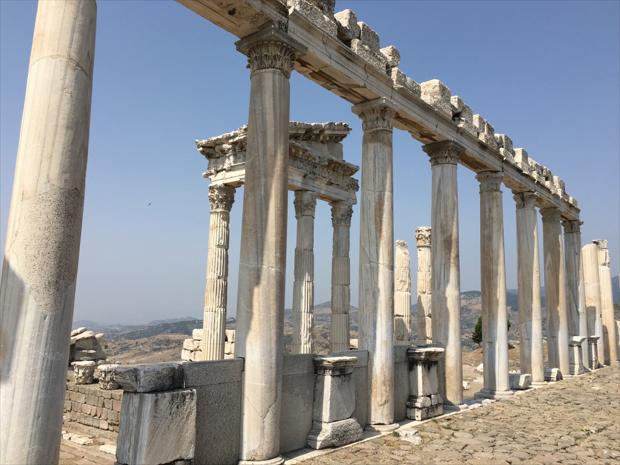

You are invited to the Full Day Pergamon and Ancient Acropolis Tour from Kusadasi to see the legacies left by the Kingdom of Pergamon to the Ancient World.
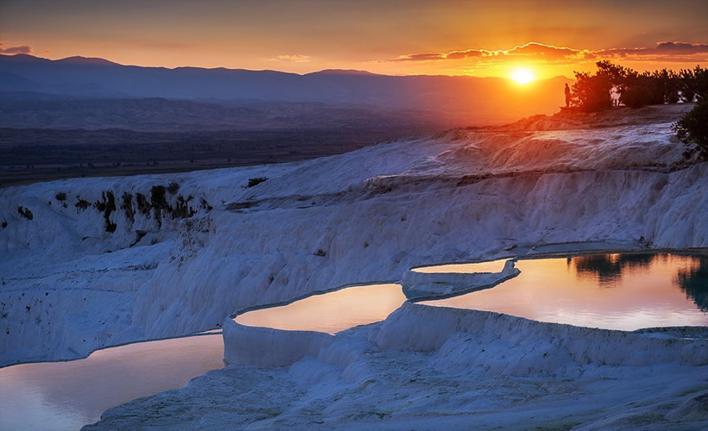

We promise you a day in paradise! Full Day Pamukkale Tour from Kusadasi will feed your soul and give your eyes a visual feast.
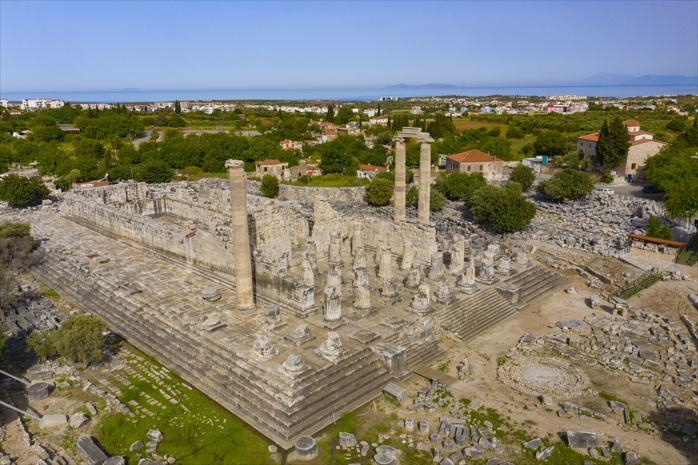

Three beauties of the ancient world are waiting for you. Discover the traces of history with Priene, Miletus, and Didyma Tour From Kusadasi.
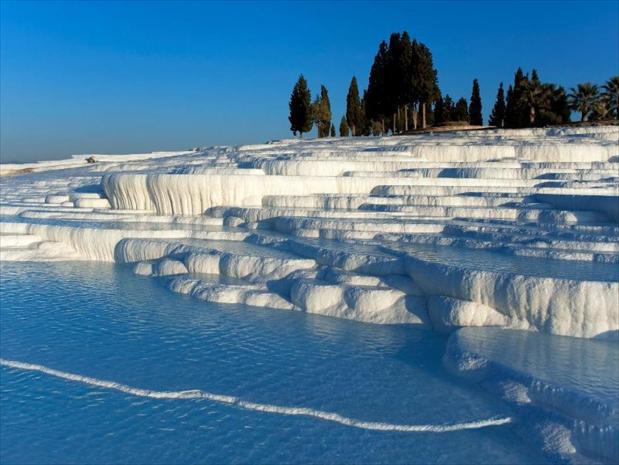

You will be speechless in the face of the unique natural beauty of Pamukkale, which resembles a white cotton field. Daily Pamukkale Tour From Izmir offers you the chan ce to discover this white paradise.
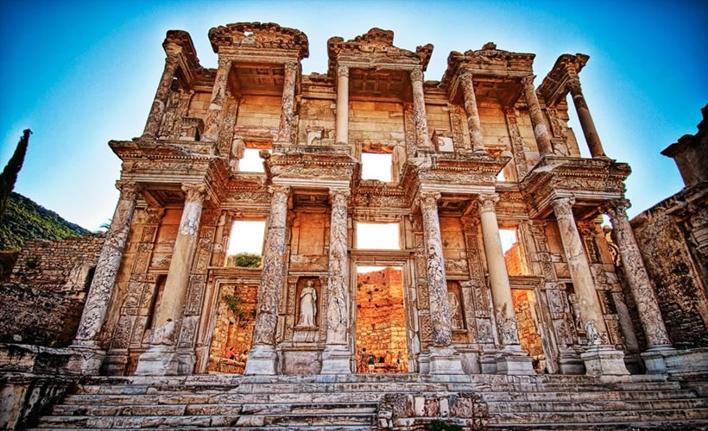

Would you like to visit the magnificent Ephesus Ancient City, which has been the center of many civilizations? See the most beautiful ruins from ancient times with the Full Day Ephesus Tour from Izmir.
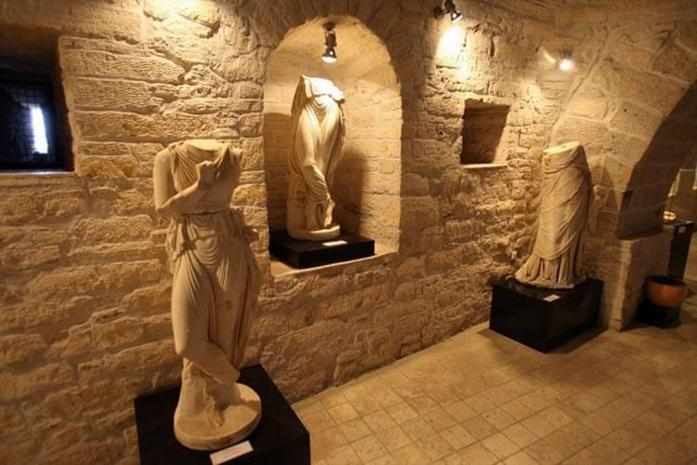

Izmir is waiting for you to display its beauty in all its glory. Thanks to Private Izmir Sightseeing Tour, this city will steal your heart.
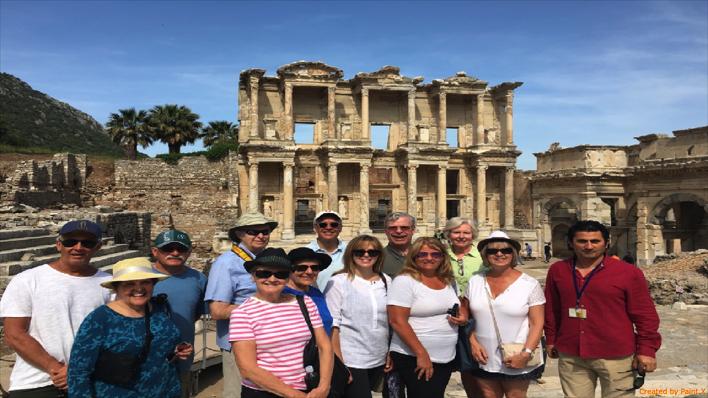

Discover the Ephesus Ancient City, the embodiment of perfection, with your loved ones, thanks to Private Full Day Ephesus Tour.
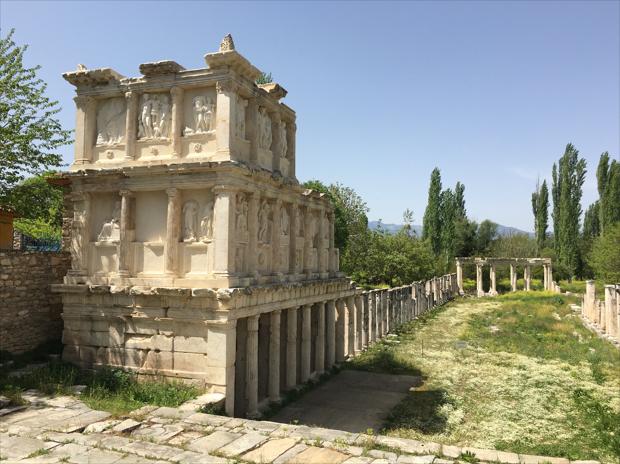

Do not miss the Aphrodisias and Pamukkale Tour from Kusadasi (Full Day) where you will see both natural and historical beauties together in one day.
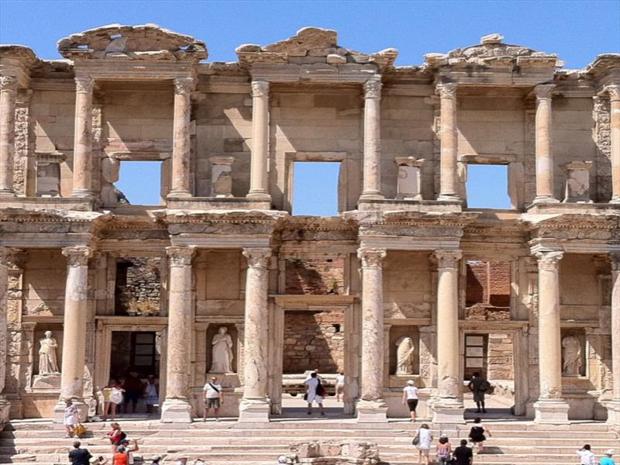
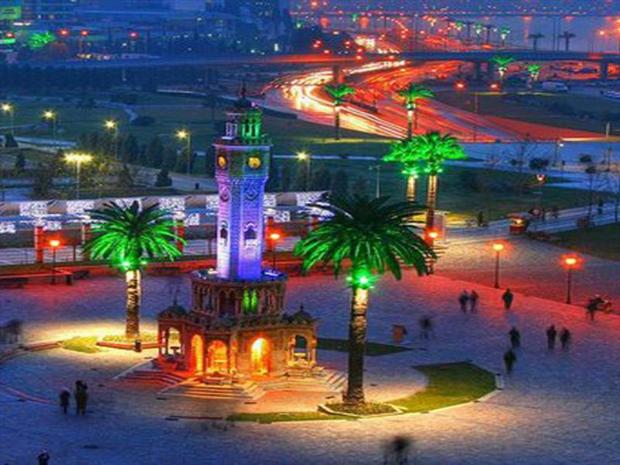
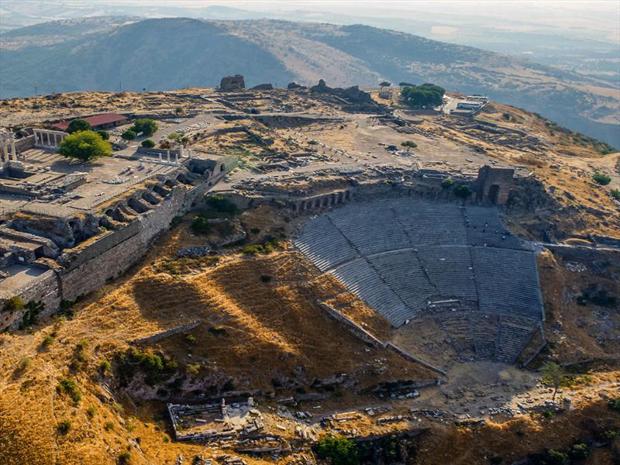
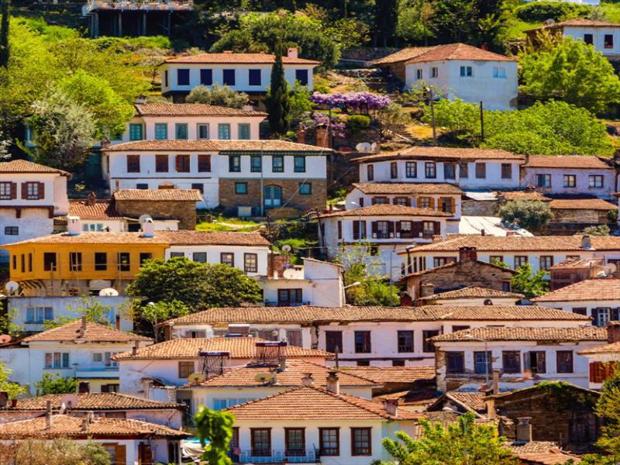
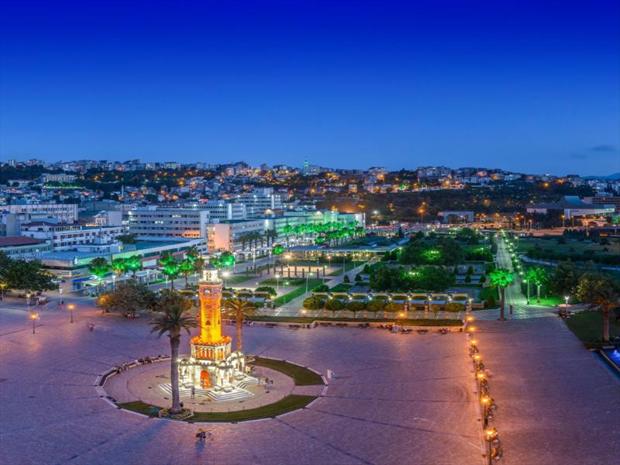
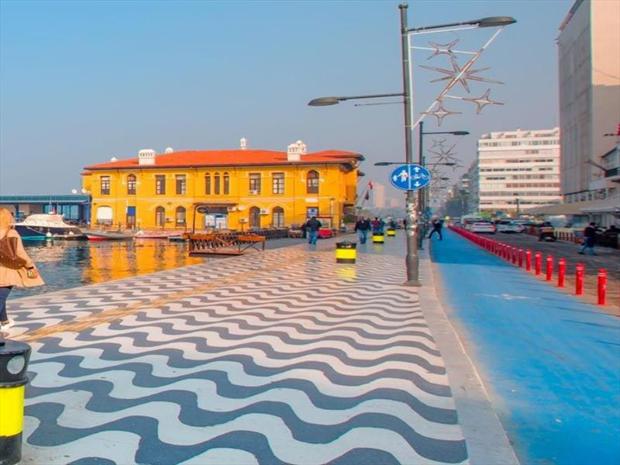






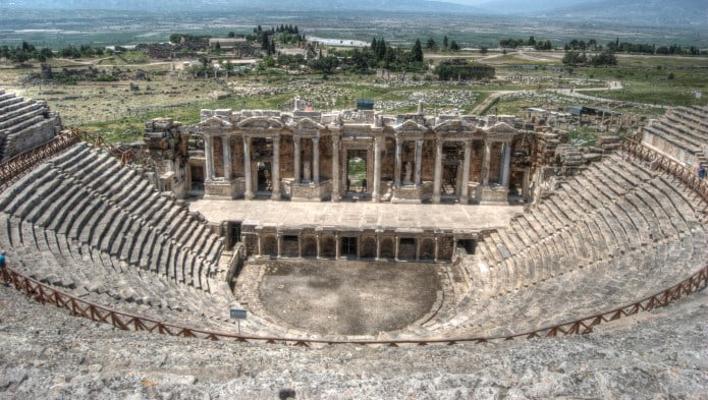
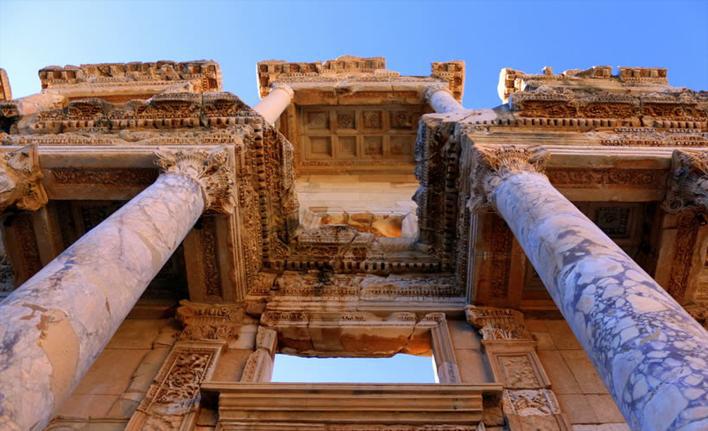
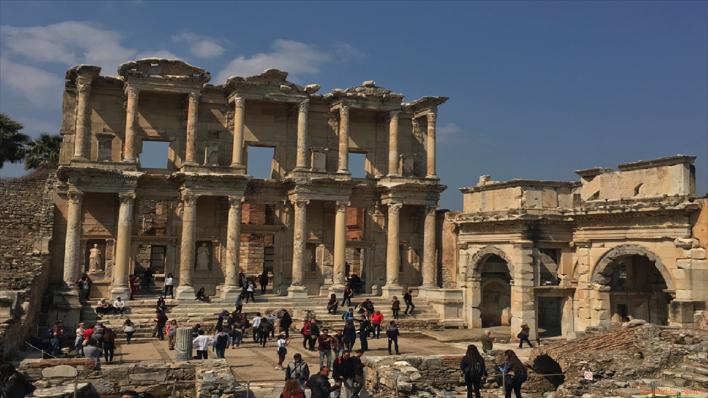


We have just received your demand. Our team is going to check and answer it after a short while. Your request will also be published here. Much appreciated for your kindest interest and patience.